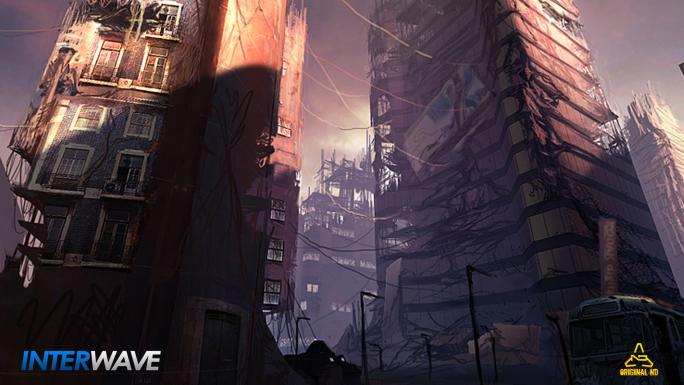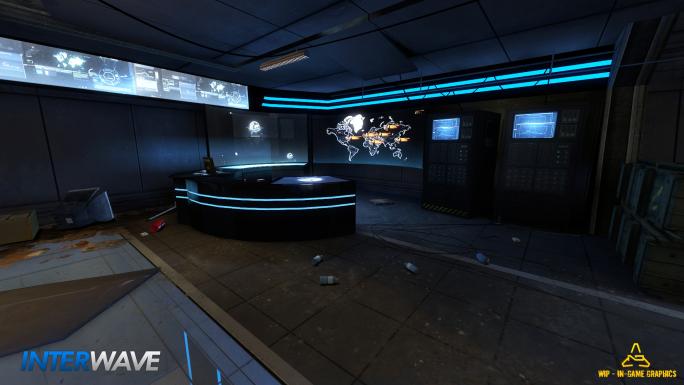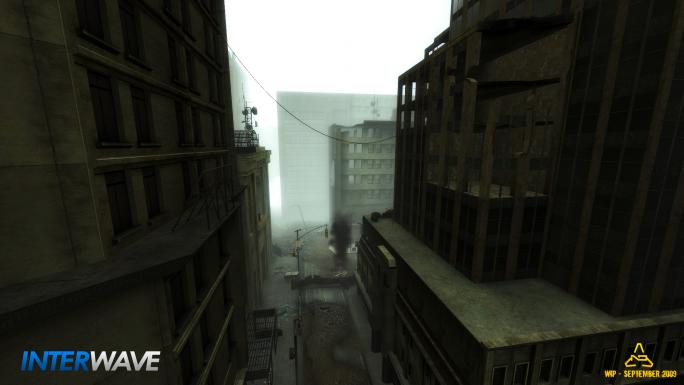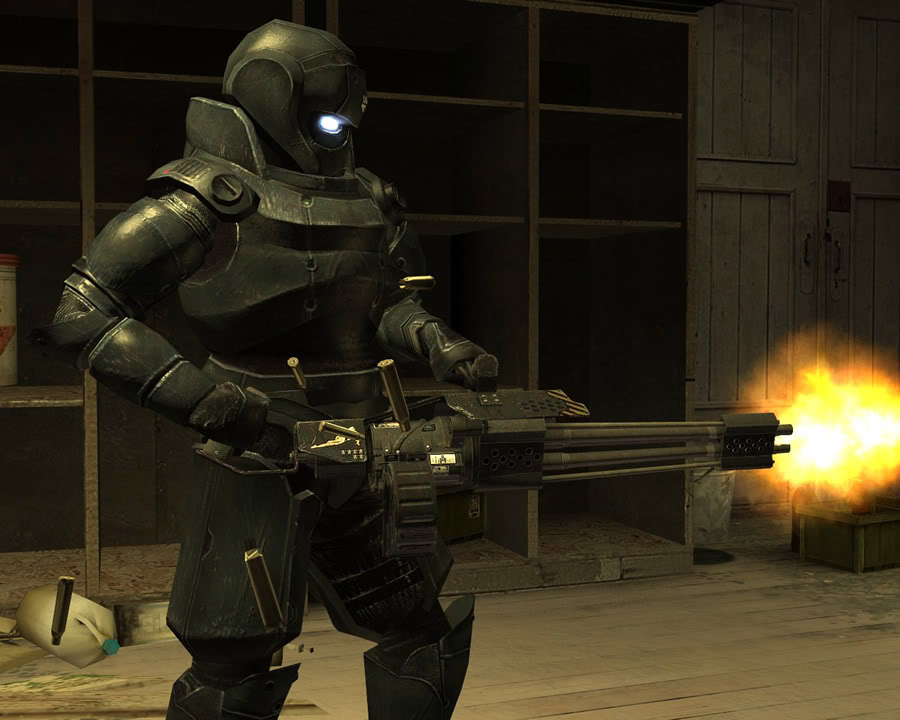Independent developer Interwave Studios is set to release their first title, Nuclear Dawn, a blending of FPS and RTS game styles that explores a niche that could stand further development. Initially a mod for Half-Life 2, it was announced in 2009 that the product would be released as an independent commercial offering. The game is entirely multiplayer, and focuses on a war between two post-apocalyptic nations as they battle for supremacy in 2049 over the battle-scarred remnants of society. As players begin a match, they can choose to enlist under the flag of either the Empire, a communistic society that emphasizes numbers and mass over quality, or the Consortium of Free States, a collection of nations that value individual liberty and technology as the solution to survival in the wastes. As the only factions left on earth, both sides continue a war that began a decade previous to decide the ideology that will guide mankind.

After a long and difficult development cycle, many thought Nuclear Dawn was destined to join many other high-aspiring titles in the graveyard of inspiration as vaporware. Computer Gaming World did a piece on Nuclear Dawn in 2006 when it was featured as an mod, although many people believed it to be nowhere near done, as the media released for the presentation looked suspiciously like static scenes that were manipulated into appearing to be in-game action.[1] Others were believed to be photoshopped. Many of the original dev team left after production became uncertain, some joining DICE and other companies.
The gameplay is designed to emphasize teamwork and tactical advances, with troops experiencing a conventional first person shooter format where they can use tools such as vehicles, drones and superweapons to eradicate their enemies. Each player is granted the choice of four classes to choose from, with such options as a heavy armored assaulter to stealthy infiltrator. Each class has a range of weapons and equipment, like rifles, explosives, miniguns and many others, collated into equipment loadouts that players can customize. As a result, this allows the team to plan tactics and specialize troops for concerted operations, both offensive and defensive. Vehicles include a variety of tactical options, such as tanks, personnel carriers as well as ones that provide specialized roles, such as covert ops or equipment transport.

However, there is an entirely different layer of combat that radically changes the playing field: the Team Commanders. Rather than fighting as a common soldier on the ground and issuing orders, the Team Commander is an elected player that experiences the battle as a real-time strategy game from a perspective high over the battle. The Commander operates from their team’s bunker, planning movements for their troops with visible waypoints and points of interest, identifying targets and objectives to secure, gathering resources and allocating them to grant tools and equipment to your team, researching new equipment, and constructing clever base defenses.

One of the unique features that exists in Nuclear Dawn is the fact that pretty much everything that can be interacted with physically needs to be actively attended to by players. This means that constructed buildings have to be transported to where you want them deployed (by vehicles or otherwise), ammo depots have to be refilled periodically, and all player objects need to be attached to a power grid for them to perform a task. Every player-owned building in the battlefield needs to be continually attached to a power source, so managing these connections is a vital part of the Commander’s duties. There are several differences between the two faction’s Commanders: the Empire’s Commanders rely on laser power transmission, requiring a consistent line of sight from the main power generator to powered objects(although they can build relay towers to extend this range), and the Consortium uses short-range power sources that emit a viable range for structures to be built in. In the end, every Commander’s target is the enemy Commander’s bunker, from which all decisions are made and supported with fabrication facilities and initial power generation. As the only building that cannot be built after the beginning, it is the end goal of every match.

Nuclear Dawn is aiming to match the kind of quality, persistent worlds of other current AAA titles. There are practical, tiered achievements (that grant weapons or abilities to develop a class), a ranking system that uses realistic, real world ranks to track your accomplishments, a variety of game-modes from deathmatch to base assaults, 32-player support, and full Steam support.
Nuclear Dawn is shaping up to be a quality, detailed blast of entertainment that allows players to interact on a level that is rarely seen in today’s popular shooters. After many trials and a shift in scope, Interwave Studios is certainly going to make an impact on the genre. Currently, Nuclear Dawn is pegged for a release in the first quarter of 2011 on Steam and at retail on Xbox360.